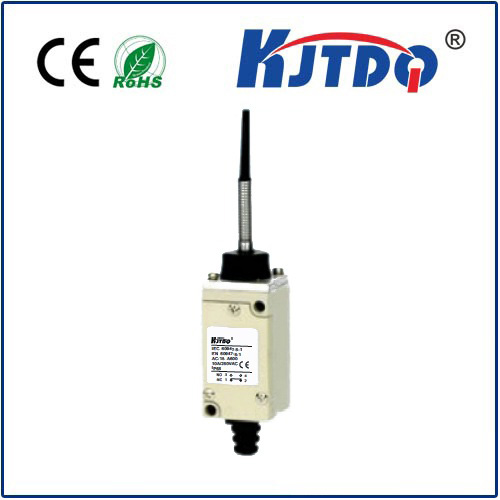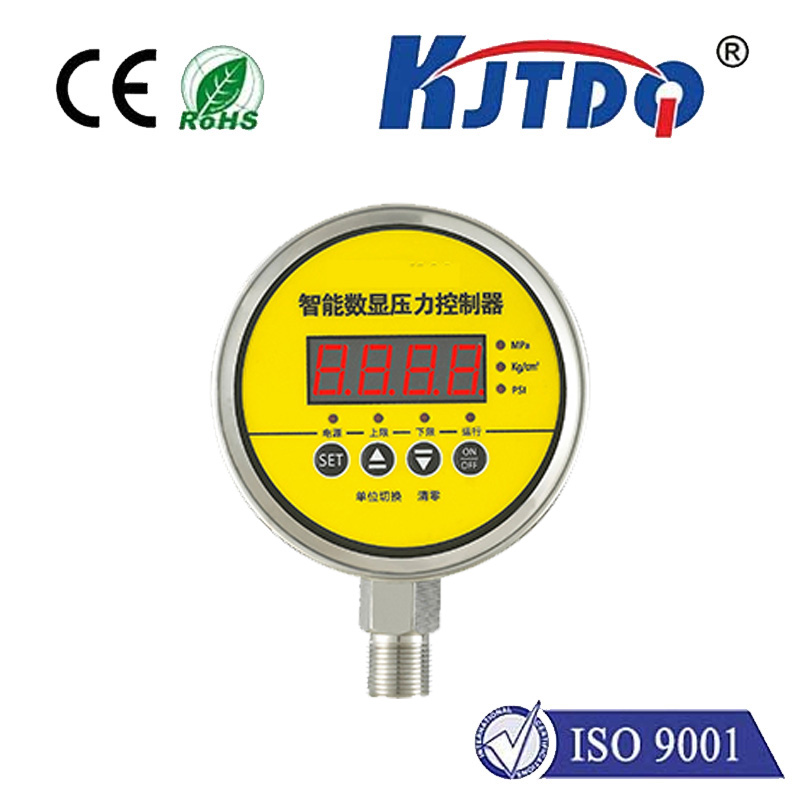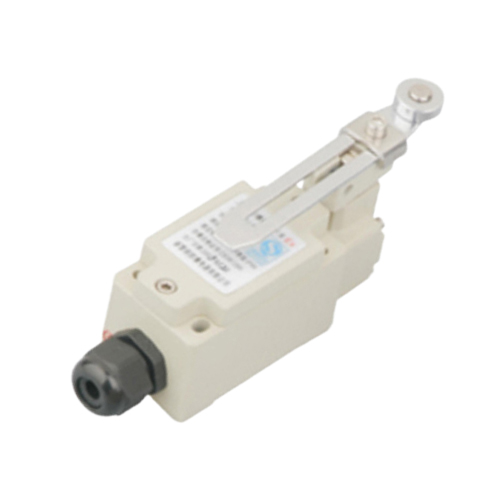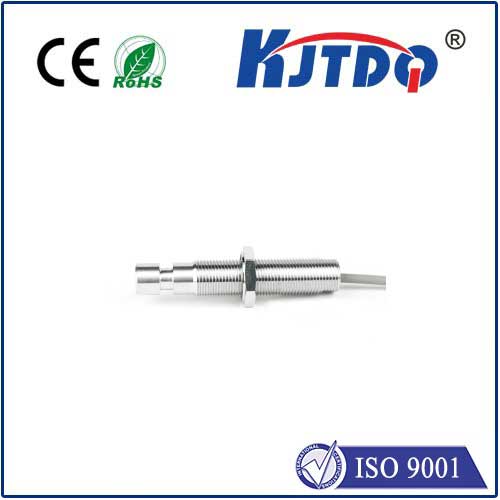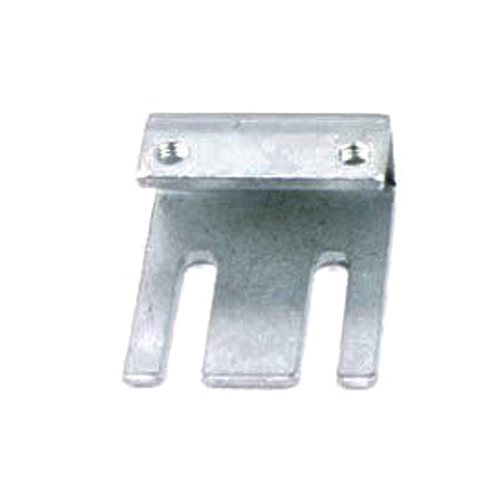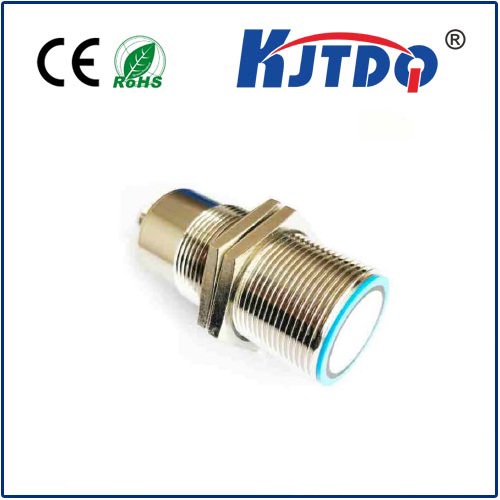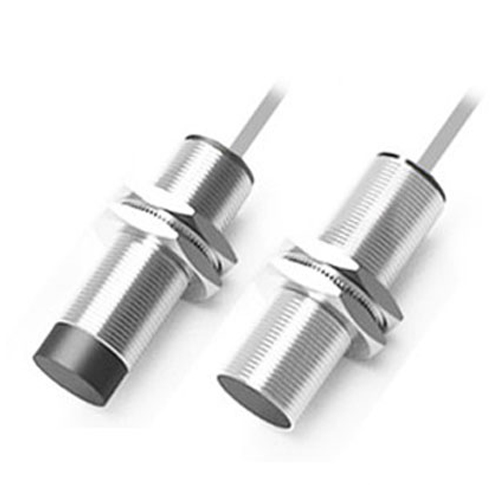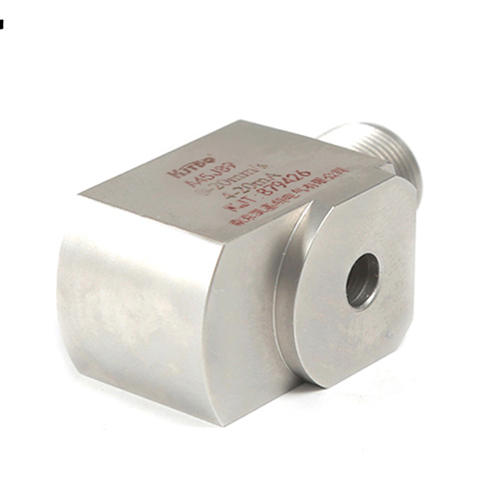

check

check

check

check

check

check

check

check

check

check
Title: Limit Switch in PLC: A Key Component for Control and Safety
The Programmable Logic Controller (PLC) is a core component of automation systems, enabling precise control and monitoring of industrial processes. Within the intricate network of PLC functionalities, the limit switch stands as a crucial element due to its role in maintaining operational safety and accuracy. This article delves into the importance of limit switches in PLCs and how they contribute to effective system management.
At the heart of the matter is the definition of a limit switch: an electromechanical device that operates under the principle of making or breaking an electrical contact as a mechanism reaches a predetermined position. In the context of PLC applications, a limit switch can signal the PLC about the status of a machine's motion—such as endpoints or extreme positions—thus ensuring that machinery functions within safe and intended parameters.

A practical example of this integration can be observed with the Siemens 1200PLC, which utilizes the "LIMIT" function to set threshold values in mathematical operations. This function is not only instrumental for basic positioning but also for more complex tasks such as temperature simulation conversions. The LIMIT指令 provides a straightforward method to regulate values within defined upper and lower boundaries, thereby preventing potential overshoots or undershoots that might compromise system integrity or product quality.
Safety considerations are paramount when discussing limit switches. By acting as an additional layer of protection, these devices prevent mechanical failures or system overloads. For instance, if a motor exceeds its designated travel distance, the limit switch can send an immediate signal to the PLC to stop or reverse the motor direction, averting potential damage or accidents.
Moreover, the application of limit switches extends beyond mere safety protocols; they also enhance efficiency. Well-defined limits enable automated systems to operate with minimal supervision, reducing human intervention and the associated risks of errors. This autonomy facilitates optimized workflows and reduces downtime, directly impacting productivity levels.
However, to fully leverage the capabilities of limit switches in PLC systems, it is essential to address certain challenges. Environmental conditions such as dust, moisture, or temperature extremes can affect switch performance. Therefore, choosing the correct type of limit switch adapted to the environmental constraints of the workplace is critical. Regular maintenance and checks must also be scheduled to ensure reliable operation.
In conclusion, the limit switch within a PLC setup plays a pivotal role in maintaining operational safety, improving efficiency, and managing system integrity. It's an exemplary case of how technology, when employed judiciously, can safeguard operations and optimize outcomes in industrial automation. For engineers and technicians involved in designing and maintaining automated systems, understanding the function and proper implementation of limit switches is imperative for successful PLC programming and process control.
